The owl is a bird belonging to the order Strigiformes [Strigiformes] These also include female owls and barn owls. The owl is a carniverous bird of prey that feeds on live prey, such as rodents, small birds and insects. Larger specimens have even been known to attack hares and ducks. The owl is a nocturnal animal with exceptional vision and very fine hearing, which enables it to pick up sounds from miles away. Its big yellow eyes are almost fixed into their sockets. The owl’s inability to rotate its eyes is compensated by the bird’s flexibility in its neck, which allows owls to rotate their heads almost completely around. Owls are widespread in every latitude and can adapt to all environments , from deserts to forests. There are several species of owls that differ in weight , size and habitat : the eagle owl [ Bubo bubo ] , with its 2 -meter wingspan is the largest , while the elf owl [ Mycrathene whitneyi ] , is only about 15 inches high and is the smallest species. The long-eared owl [ Asio otus ] is medium in sized and lives mainly in Europe and northwestern Africa . The short-eared owl [ Asio flammeus ] is common to North America, and the northern parts of Asia. The snowy owl [ Nyctea scandiaca ] can be found in the Arctic Circle Owls are nocturnal and solitary. During the day, the owl hides in vegetation or is asleep in the trees. The hunt begins at sunset. Once his prey is identified, the owl quickly glides down to the ground, and grabs the prey in its claws. The owl then delivers a blow with its beak, stunning the prey, and swallows it whole. [Indications: to show in graphic detail the grip of the claws and beak]. Bones, hair, and other indigestible scraps of the carcass are then regurgitated in balls of waste called pellets. During courtship, the male emits calls that can be heard by the female from miles away. After mating, the female lays her eggs in a place chosen by the male: a rocky ravine, another bird’s nest, or the hollow of a tree. The female usually lays no more than 5 eggs at a time. The eggs then hatch after about 30 days. The owl’s young remain in the nest for a month before becoming self-sufficient. The popular superstition that associates owls with bad luck dates back to the Middle Ages. At that time it was believed that owls were witches in disguise. The presence of an owl, therefore, was considered a bad omen.
RELATED


ARCHIMEDES' PRINCIPLE


DROMEDARY


CITRUS FRUIT
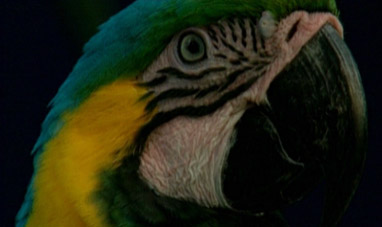

PARROTT


MARS
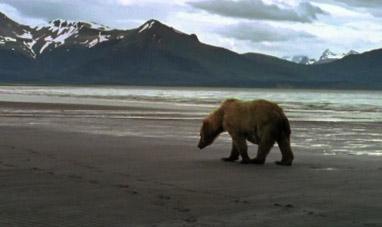

BEAR
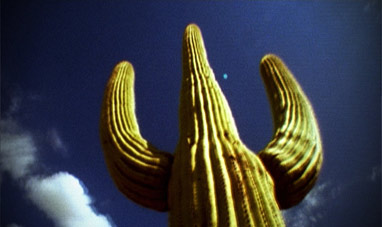

CACTUS


EAGLE


OIL


NATURAL GAS (METHANE)


JELLY FISH
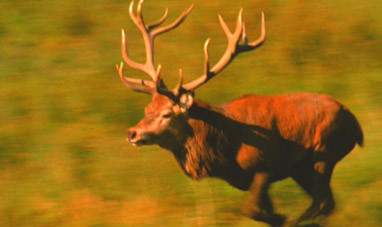

DEER
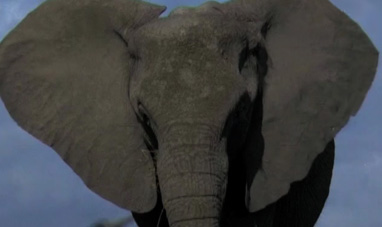

ELEPHANT
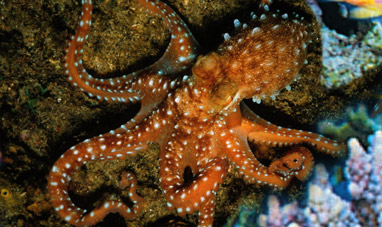

THE OCTOPUS


STARS


SOLAR THERMAL ENERGY


GALAXIES


HYDROPOWER
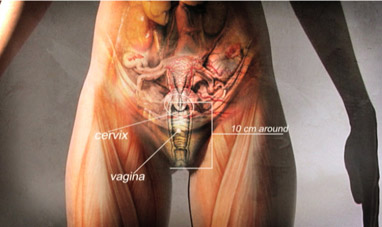

THE FEMALE REPRODUCTIVE SYSTEM


RIVERS
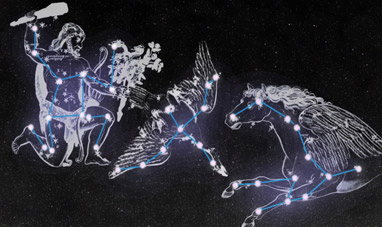

CONSTELLATIONS


THE HEART


THE MOON
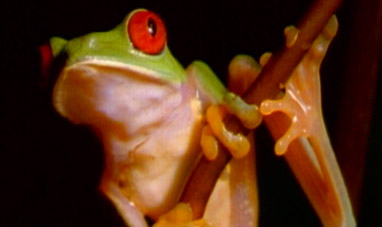

FROG


THE RESPIRATORY SYSTEM
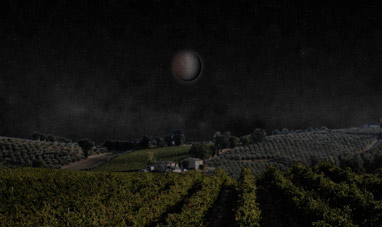

LUNAR ECLIPSES


FACEBOOK


FORCE, EQUILIBRIUM AND LEVERAGE
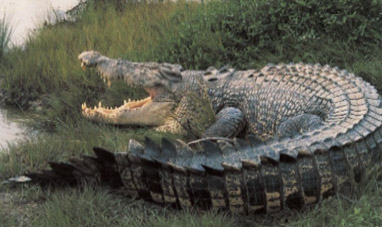

CROCODILE


THE FEET


BARRACUDA


TUNA


QUANTUM PHYSICS


SKIN


CATERPILLAR


DOLPHIN
